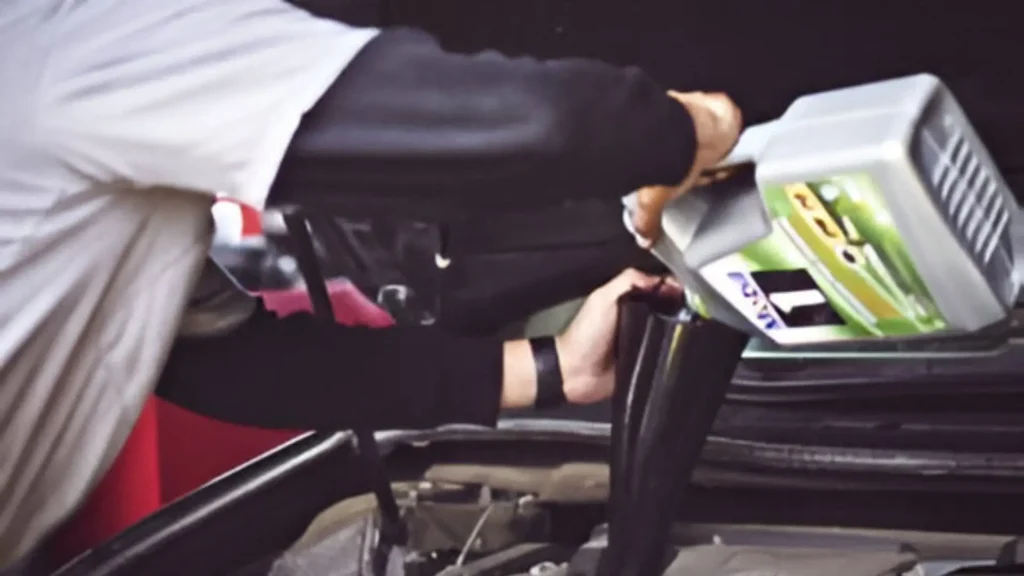In today’s package designing efficiency and precision are two pertinent constructive objectives. An auto sleever is an essential item that mechanically applies shrink sleeves on containers for cosmetic looks as well as utility. they are fostered in industries such as food and beverage, pharmaceutical, and cosmetics among others.
Understanding the key components of an auto sleever can help businesses make informed decisions about investing in this technology. In this comprehensive guide, we will explore the essential parts of an auto sleever and how they contribute to the overall functionality and efficiency of the machine.
1. Feeder System
The feeder system is the starting point of an auto sleever. It is responsible for feeding containers into the machine in a continuous and orderly manner. This system often includes a conveyor belt that moves the containers from the production line to the sleeving station.
The feeder system should be in a position to dispense different shape and sizes of the containers in the right position for the sleeving operation. To know more about the Working and advantage of auto sleevers kindly visit eliter-packaging
2. Sleeve Dispenser
The sleeve dispenser is considered as one of the primary parts of an auto sleever. This stores and distributes the shrink sleeves that will later be applied on the containers. The former guarantees that each sleeve is cut properly to the right length and properly aligned with the bowl. Such precision is crucial since the quality and general appearance of different items to be manufactured have to be uniform.
3. Application System
The actual sleeving is done in the application system part of the circuit. This system entails the use of mechanical / pneumatic arms for placing the shrink sleeve over the container. The mechanism of the application system should be highly optimized to guarantee there are no folds and misalignment of the sleeve. Application of prints should be accurate, in both aesthetics and operations of the final product.
4. Heat Tunnel
Afterward, the sleeve is placed on the particular container that goes through a heat tunnel. Contained within the heat tunnel are heaters used to shrink the sleeve onto the container tightly. In addition to this, it also affixes the sleeve to the packaging hence making the packaging to have a smooth and tight look. What is more, the temperature and the speed of the heat tunnel should be regulated properly to exclude the potential harm to the container or the sleeve.
5. Conveyor System
The conveyor applies to the auto sleever as the main line, which joins all elements and passes containers from one part to another. The conveyor needs to be the one that provides enough flexibility to handle changer internet sizes and shapes of the containers. It also has to run at a uniform speed to effectively and efficiently perform the task of putting on the sleeving.
6. Control Panel
The control panel is the central component of the auto sleever. It enables operators to adjust, among others, the line speed, heat tunnel temperature, and the length of the sleeves. Today’s auto sleevers are also incorporating touch screens and better built in software that includes information feedback and troubleshooting. This feature is crucial for a system and can facilitate its proper functioning by alerting the user about problems in real time.
7. Safety Features
Security is always a major issue in any industry, be it large or small. Auto sleevers contain numerous safety measures to lessen the risk of accidents and hazards to the operators. These features may inter alia include emergency stop button, protective guards or shields and other protective devices that detect what amount of the device or machine or equipment is abnormal. To ensure the auto sleever is safe to operate minimizes on the risk of incidences of accidents hence serves to ensure a safer working environment.
8. Maintenance Components
For auto sleever to be effective in the long run then one has to ensure that it is displayed proper maintenance. The kind of machines that are manufactured with these aspects are provided with maintenance parts that facilitate effortless examination and mending. This may include accessible areas, self cleaning and self diagnostic methods that inform the operators of the developing faults before they become serious.
FAQs About Auto Sleever
Auto sleevers are useful in the food and drink business, the medication industry, the cosmetics industry, and in any organization that calls for proficient and superior packaging solutions.
Yes, auto sleevers are equipment which are used to sleeved products and are easily adaptable in any form of bottles, cans, jars and so on. Product manufacturers find them very suitable for all sorts of packaging requirements and have a lot of flexibility in that aspect.
Maintenance should be carried out from time to time with regard to efficiency and certain parameters can be checked from the control panel in case of inefficiency. Strict compliance with the manufacturer’s manual on maintenance and usage is also very important.
Auto sleever selection depends on factors such as the production rate and capacity, type of container, degree of automation and the cost. It is advisable to seek advice from an appropriate supplier in the matter to ensure you make the right decision.
Conclusion
In conclusion, auto sleevers are a valuable asset for any business looking to enhance its packaging process. By automating the application of shrink sleeves, these machines offer improved efficiency, consistent quality, and flexibility. Understanding their key components and how they work together can help you make the most of your investment and ensure your packaging operations run smoothly and effectively.
Understanding the key components of an auto sleever is essential for maximizing the benefits of this technology. From the feeder system and sleeve dispenser to the heat tunnel and control panel, each part plays a critical role in ensuring efficient and high-quality packaging. Investing in an auto sleever can significantly enhance your production capabilities, improve product quality, and provide long-term cost savings.


